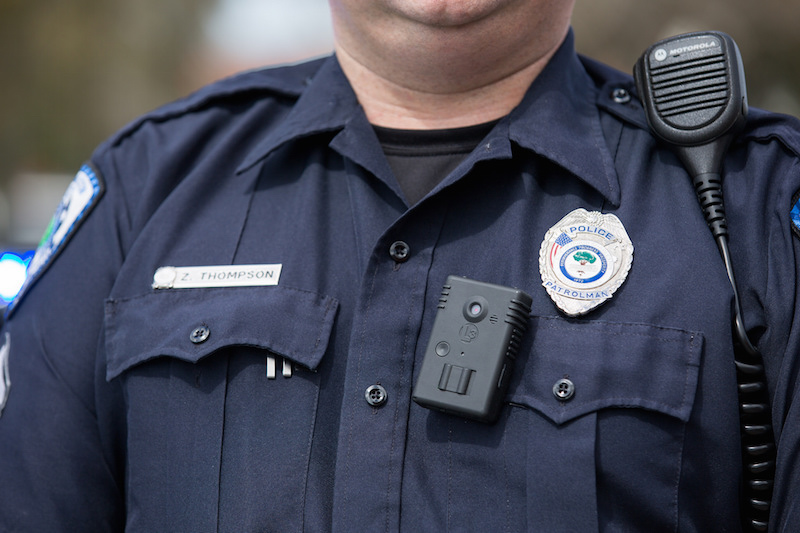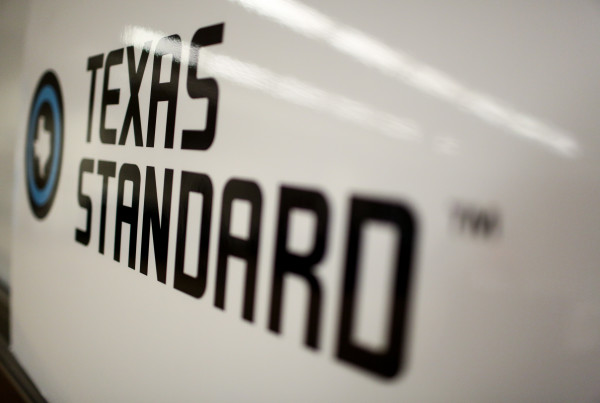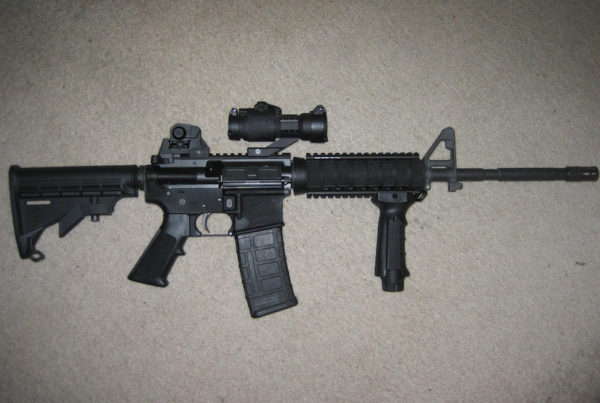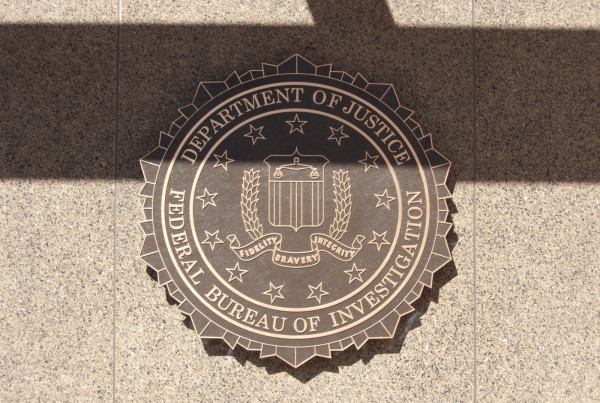All eyes are on the police. Police officers already know that – dash cameras, surveillance cams, and of course smartphone footage from concerned citizens – all of which are adding to a level of transparency that much of the public now demands. But the biggest conversation in departments right now is body cams.
But many departments say it’s just too expensive. Just last week Austin City Council postponed a decision on a $17 million contract, citing the need to evaluate the costs of data storage and maintenance.
But could body cameras in the long run could save the city money?
Chris Roberts, law professor and director of the Criminal Defense Clinic at the University of Texas at Austin, wrote as much in a recent op-ed for the Dallas Morning News.
Roberts says many cases will come down to whether a jury believes a police officer’s account beyond a reasonable doubt.
“Obviously that would apply to something like resisting arrest, an assault on a police officer,” he says. “But it applies to a lot of other kinds of cases too – it applies to cases where the officer is the only witness.”
Stolen vehicle cases or possession charges often rely only on the officer’s and the suspect’s often differing accounts. Some may conclude that if an officer is the only witness, that’s not enough grounds for a charge, but Roberts says those cases go to trial all the time.
“They’re so commonplace that lawyers even have a specific name for them – those are called ‘dropsy’ cases,” he says.
This dynamic has been apparent in communities of color and among defense attorneys for a long time, but with the increasing prevalence of video footage that disputes officers’ accounts, the mismatch has become more visible.
“Body cameras are going to resolve that question in a lot of cases,” Roberts says.
Listen to the full interview in the audio player above. Post prepared by Hannah McBride.
















